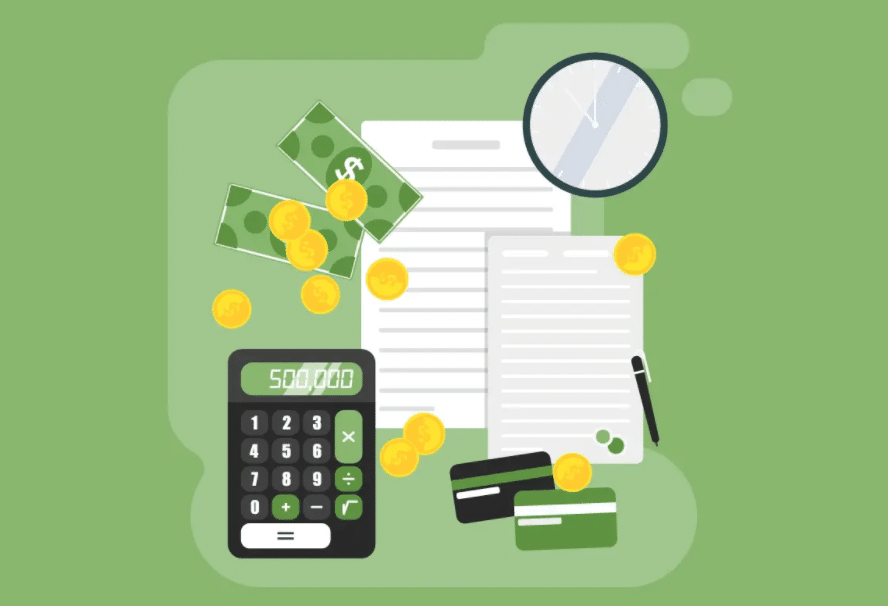Did you know you can completely change the way you run your business through proper budgeting?
It is possible only when done right.
Budgeting, no doubt, is a mind-numbing process. If you think that it’s a piece of cake, then you are wrong. It takes time and energy out of you. Many businesses sink uncountable hours into budgeting their business. And keep on trying to get it right without knowing what budgeting is.
What Is Budgeting?
In simpler words, a budget is how you plan to spend your money. If you don’t tell your cash what to do, you will see it slip through your hands like thin air.
Planning a budget stops you from senseless spending by bringing every cent you have earned to the vanguard of your mind. If you win the fight, there is nothing you and your money can’t do.
A budget should radiate more control than anxiety without complicating things. For that, many budgeting methods exist. One strategy might suit a business owner, you know, but it doesn’t mean that it will suit you as well.
The most crucial part is that your budget should channel your goals and accommodate your choices.
For instance, you are the type of business owner who deeply scans the bank statements. You use a budgeting method that makes you save 20%. And pay no attention to how you spend the remaining money. If you do this, you must be in a highly uncomfortable position. Right?
The point being, pick a budgeting method that fits your circumstances and limits.
Which Budgeting Method Should You Use?
This is a question that must be going through your mind. And you must be thinking about which one will work best for you. With that in your mind, let’s go through the standard known budgeting methods.
1. Envelop Budgeting
It is a known method of budgeting that has existed since time in memorial. The reason why people religiously follow it is that it’s straightforward and systematic.
To implement this method, you start by identifying your main spending and expenses. Let’s call it envelopes. Then your assign a spending limit to each envelope. As the right way of budgeting, you will only spend from the expenses envelop.
Once you have used the entire amount of the expenses envelope – you are done for the period. You need to cut a chunk from your spending at the same time.
2. Zero-based Budgeting
Each month’s budget varies from the previous month. Due to unforeseen incomes and expenses. Zero-budget budgeting disregards the budget of the last month.
Instead, it starts with zero. It encourages you to think before spending. You need to know where you can put your hard-earned cash for the correct use.
If you want to implement this method, you need to confirm each expense before adding it to the official budget.
The vision behind this method is to decrease spending by examining where to cut costs from. Experts say that if you do Zero-Based Budgeting right, it alters the business’s culture. And it develops an ROI mentality.
The business’s philosophy will now move from thinking about the cost and move to the value proportion side. To sum it up, zero-based budgeting calls for using cash where it matters more.
It enables you to view expenditure from a different angle. And makes you choose with complete transparency rather than being blurred by the previous figures.
Here the question is, “Why should you spend it?” Rather than “Where can you use it?”
- The 50/30/20 Rule of Budgeting
Once you get paid, sticking to your budget is the bedrock of establishing your financial power and health. To cater to that, the 50/30/20 rule of budgeting can be helpful. It is a simple way to put limitations on your spending while planning the future.
The division includes keeping 50% for needs, 30% for wants, and 20% for savings.
For instance, you own a cellphone repair store. You will have to keep 50% of your income for necessities such as rent, bills, inventory, monthly payment of cellphone repair store software, salaries, etc. It’s always good to do a rough estimate of all the recurring costs for every month.
Now moving on to the 30% that you kept for wants. Such wants include buying more accessories, tools, etc.
Lastly comes the 20% that you kept aside for savings. It includes expanding your business, moving to a neighborhood you can afford, etc.
Now that you know how to execute the 50/30/20 budgeting method, start tracking your expenditure. And try to be realistic about your practices. Don’t forget; a budget is a living document. It can be altered to reflect what is possible in your life. The trick is finding a method that works for you.
Bonus Tips
Planning on taking your budget to a whole new level? Why not?
It’s time to go through some advanced budget tips. Be prepared because, with this, you are bound to experience a significant cash transformation.
- Modify your budget
A question that might be in your mind is, “What if I fall short of my budget? What should I do then?
Simple! Make adjustments.
Continuing with the example of a cellphone repair store. Let’s say a technician messed up the job and ultimately damaged the iPhone 11 that came in for repair. You had to purchase a new iPhone 11 to make up for the loss.
In such a case, don’t stress. To cater to this loss, you need to analyze the other budget areas and take out some spare cash. Don’t forget to take note of the alteration you made to it.
- Remain Motivated to Budget
You now have an idea that budgeting is not just a plan; it is a lifestyle. So, it should motivate you to keep tracking your cash while you anticipate achieving your big cash goals.
This can only be possible through good budgeting practices.
Takeaway
Such a transformational journey to spend money in the right way will need a lot of commitment and discipline. Once you know how to organize your budget, it will help you avoid debt and overspending behavior.
Remember, anything is possible. You need to try it and see how it works out for you.



